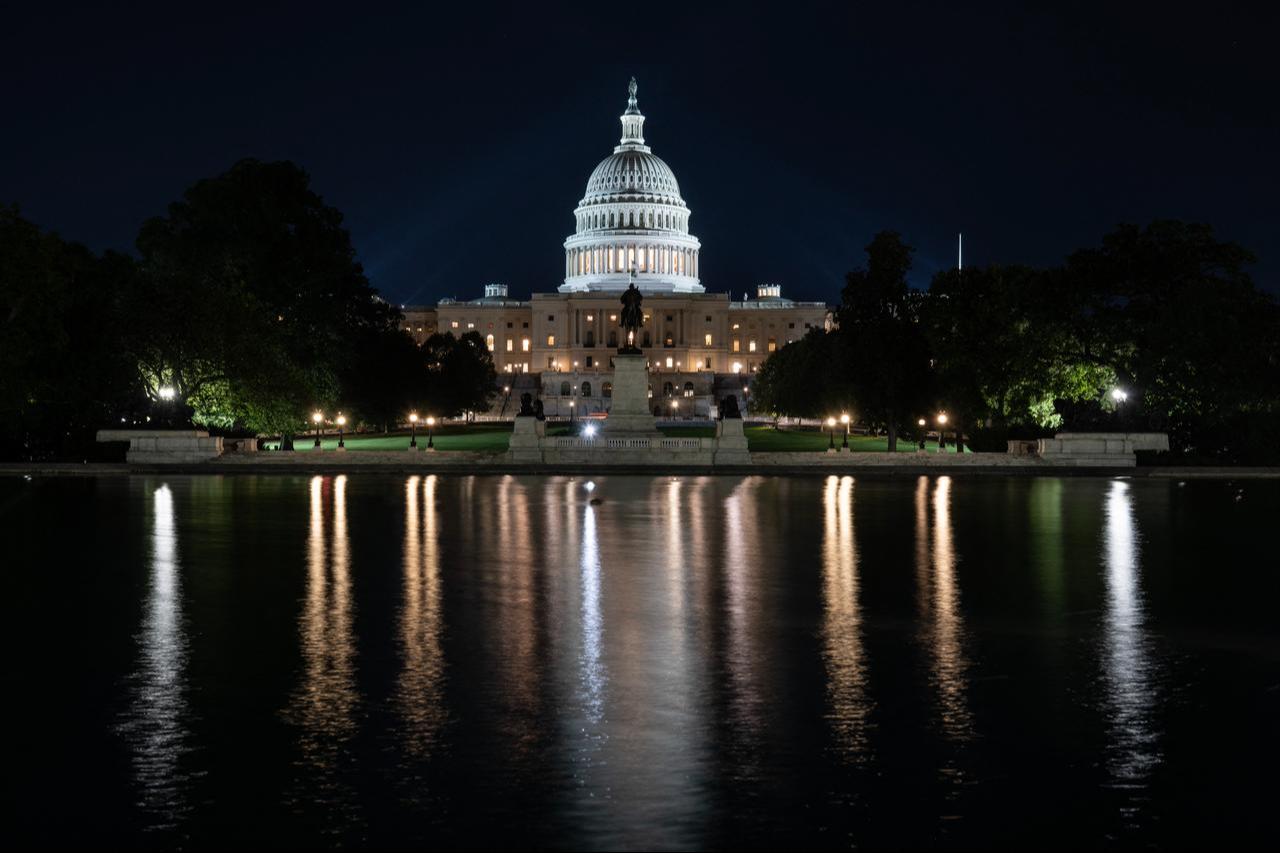
Gold prices jumped to an unprecedented $3,875 per ounce on Oct. 1 after the United States government shut down following the failure of lawmakers to agree on a federal budget.
The shutdown, which immediately furloughs about 750,000 federal employees and suspends non-essential services, rattled global markets and pushed investors into safe-haven assets.
Cryptocurrencies also advanced, with Bitcoin climbing 0.3% to $114,400. In contrast, U.S. stock futures fell by about 0.35%. Japan’s Nikkei index opened more than 1% lower, while European futures pointed to a flat start.
The U.S. dollar index held at 97.85, and two-year Treasury yields steadied near 3.60%.
Under U.S. fiscal rules, the budget year runs from Oct. 1 to Sept. 30. Without an approved budget, the government loses its authority to spend, forcing many operations to pause until funding is restored.
Essential services—such as the military, law enforcement, air travel security, prisons, and public hospitals—continue.
All other federal employees deemed nonessential are placed on unpaid leave until a deal is reached.
The Congressional Budget Office has estimated that these furloughs carry a retroactive wage burden of about $400 million per day.
The last prolonged shutdown, from late 2018 to early 2019, lasted five weeks and reduced U.S. gross domestic product (GDP) by approximately $3 billion, equal to 0.02% of annual growth.

One immediate effect is the possible delay in the release of economic indicators.
The Department of Labor, which publishes employment data, may be unable to release September’s nonfarm payrolls report as scheduled.
The Federal Reserve, which cut interest rates last month amid signs of softening employment, closely monitors labor market data when setting monetary policy.
Without an updated jobs report, the Fed faces additional uncertainty ahead of its Oct. 29 meeting.